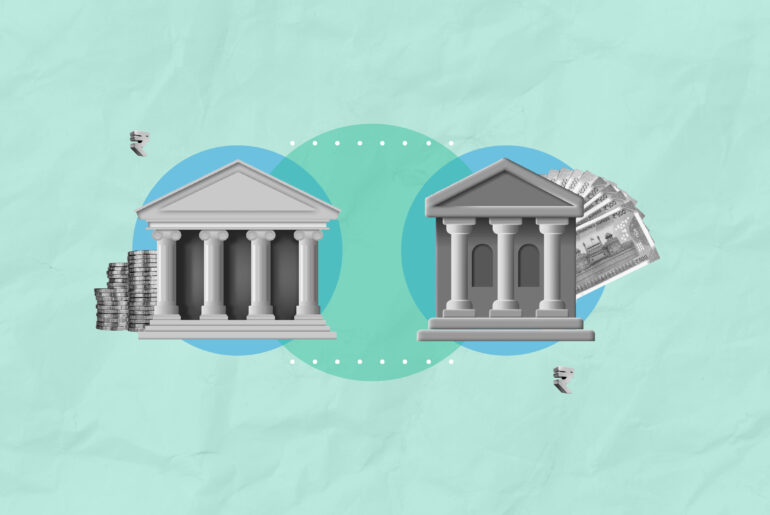Last Updated on Mar 3, 2020 by Aradhana Gotur
Ever got that feeling, when you can see something you want ardently and but can’t reach it? Maybe it is approaching in slow-mo, like how actors in classic movies ran towards each other. This is what fairly describes the outcome of US President Donald Trump’s India visit.
Truth be told, the president had made it clear, even before his visit, that no trade deal would be signed between the countries during his visit to India, which was the first. And true to his words, no trade deal was signed. But what is all the hype about a trade deal, and why does India need to seal one with the US? Let us understand.
Table of Contents
What is a trade deal and how is it helpful?
A trade deal is an agreement relating to tariffs and taxes that two or more countries sign. The involved countries ascertain the terms of trade and duties that they can impose on exports and imports with each other. Besides, a trade deal may also include investment guarantees.
A trade deal helps countries determine terms of trade in a way that is favourable to all the parties involved. This dilutes trade restrictions that the countries place on each other and promotes international trade.
Why is the trade deal with the US important?
India’s relationship with the US is strong on the defence fronts, however, the trade part has some scope of being addressed. A trade agreement with the US could have solved tariff issues, attract foreign investments into the Indian manufacturing sector, and promote exports.
The most expected outcome of Trump’s visit was the signing of a trade deal between the countries. This would address the current trade issues between the countries and make way for a Free Trade Agreement (FTA) or Preferential Trade Agreement (PTA).
The discussions on an FTA between the US and India began a year ago when Prime Minister Narendra Modi had visited America. However, the final terms of trade are still not agreed upon. These include:
- The scope of market access
- The American goods that will be allowed access
What is the defence agreement that India and the US signed?
That no trade deal was signed during Trump’s visit is not all that bad because the countries signed two defence agreements. Among other things, this pact will help secure the Indian Ocean.
The $2.6bn-deal says that the US would sell 24 MH-60 ‘Romeo’ multi-mission helicopters to India. This would be used by the Indian Navy to strengthen the surveillance of the Indian Ocean. The second deal is that the US would sell six AH-64E Apache attack choppers that would be used by the Indian Army.
Challenge to the defence agreement
Though the government is nursing high ambitions of acquiring military equipment, Darling, a US think tank suggests that there may be an impending challenge that might cause a hindrance in fulfilling the ambition. The defence budget has a ‘capital expenditure’ head, the funds which are earmarked to spend on procurement projects. Darling opines that the funds allocated under this head has only seen a marginal increase, which may fall short to buy the defence equipment that the US is set to sell.
Finally, during his 2-day stay in India, the US President signalled that the much-awaited trade deal with our country could be on the cards by the year-end.
- Best Performing Index Funds in India (2025) - Jun 5, 2025
- Issue of Shares – Meaning, Types, Examples and Steps - Jun 4, 2025
- Banking Mergers in India – List of Merged PSU Banks, Advantages, and Challenges - Jun 3, 2025





